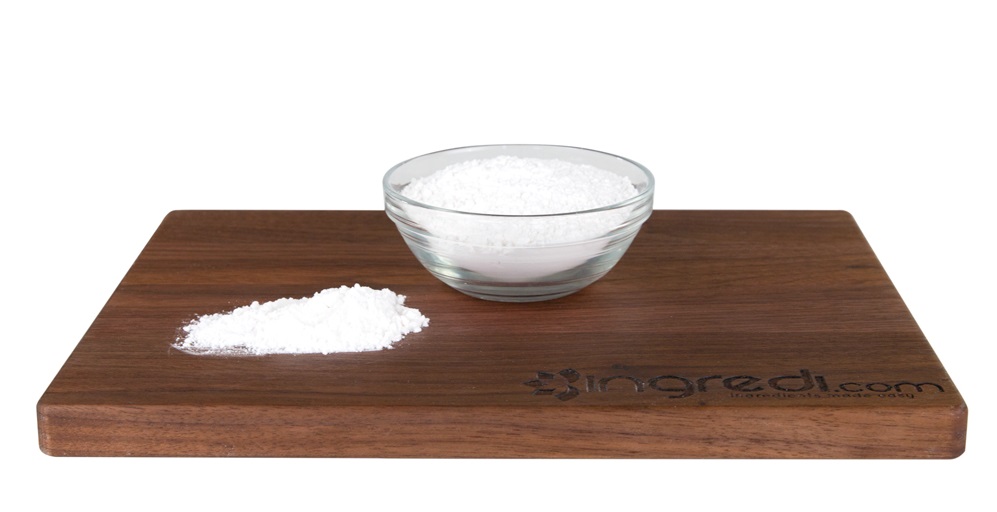What Do Baked Goods and Wine Have in Common?
By on Jul 2nd 2019
Snickerdoodle cookies fresh from the oven, tangy lemon meringue pie, light-as-air angel food cake, sweet sugar cookies, and fluffy meringue cookies. What do all these utterly delicious and mouthwatering baked goods have in common with zesty Pinot Grigio and fruity Cabernet Sauvignon? Cream of tartar! This common baking ingredient is an acidic by-product of wine-making found in the sediment left behind in wine barrels after fermentation.
What is Cream of Tartar?
Cream of tartar , also known as potassium bitartrate, is an odorless, white, crystalline powder. This powdery, acidic substance comes from tartaric acid naturally found in grapes. During the wine-making process, powder forms inside the wine barrels. After the wine is drained from the barrel, the residue left behind gets purified into the powdery white substance (cream of tartar) used in baking.

Cream of Tartar Uses
This baking ingredient has four main uses: it stabilizes egg whites to prevent the egg from collapsing too quickly, helps activate the alkaline with baking soda, prevents sugar crystals from forming when boiling sugar, and regulates pH levels.
One of the best-known uses for cream of tartar is stabilizing egg whites while whipping them. When whipping egg whites for meringue, cream of tartar is added to the egg whites to prevent the egg foam from collapsing too quickly. This increases the volume of the egg foam and maintains its high peak in hot oven temperatures. It’s how meringue pies, angel food cakes, and meringue cookies remain light, fluffy, and airy.
Cream of tartar can also be added to baked goods, with the addition of baking soda, as a baking powder substitute, which you can learn more about here.
Syrup crystallizes when enough of the sugar molecules stick to one another that they become insoluble in the water. To prevent this sticky situation, cream of tartar is added when boiling the sugar. The cream of tartar breaks down sugar molecules into glucose and fructose in a process called inversion. The glucose and fructose also help by blocking the excess sugar molecules from attaching to one another.
Finally, cream of tartar is used in recipes to help regulate the pH of food. It is an acidic substance, so it works well balancing out a very alkaline, or base, substance.

Common Substitutes
Don’t fret if your recipe calls for cream of tartar and you’re all out. There are substitutes available, so you can continue baking! Since cream of tartar is a powdery form of tartaric acid, using an acidic substance such as lemon or vinegar would be a good substitute.
Lemon and vinegar have a lower acidity than cream of tartar; therefore, more liquid ingredient is needed to get the same acidity that cream of tartar would provide. For baked goods, simply substitute 2 teaspoons of lemon juice or vinegar for every 1 teaspoon of cream of tartar.
Keep in mind that there is no perfect substitute for cream of tartar. Although its substitutes will produce similar results, the final product might vary in flavor and texture.
When Does Cream of Tartar Expire?
Have you checked the shelf life of your cream of tartar recently? Trick question. As long as cream of tartar is kept in an air-tight container away from heat and direct light, it does not expire.
You can find cream of tartar and other baking necessities at Ingredi.com.
Sources:
https://bakerpedia.com/processes/ph/
https://www.mcgill.ca/oss/article/general-science-history/cream-tartar
https://www.cooksillustrated.com/how_tos/8617-preventing-sugar-crystals-in-simple-syrup






